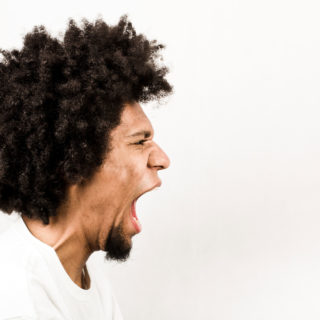It’s a little hard to believe, especially because events in Lagos are equal parts overpriced tickets and shoddy performances, sprinkled with a healthy helping of tardiness to boot.
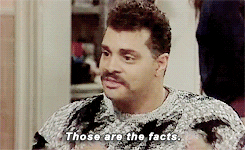
But back in the day, Lagos was home to one of the coolest festivals the country, and perhaps even the world had ever seen.
It was the year 1977 …

Buhari still had a hairline and the largest gathering of African Americans to ever travel from North America to Africa, congregated in what is now the famous home and humble beginning of 2Baba – FESTAC Town. This was the centre of the 1977 Festival of Arts and Culture.
Because Nigeria applies the concept “history is bound to repeat itself”, strictly to cancerous situations like political leaders and poor infrastructure, we probably will never get an event as momentous as FESTAC ’77.
However, we’ll do well to remember the good thing that was FESTAC with quick notes on the 1977 festival:
FESTAC was the second edition of the World Black and African Festival of Arts and Culture.

The first was held in Dakar, Senegal in 1966. This festival was to promote Afrocentrism – the appreciation of African arts and culture through contemporary art.
The festival brought hope in the face of racial tensions.
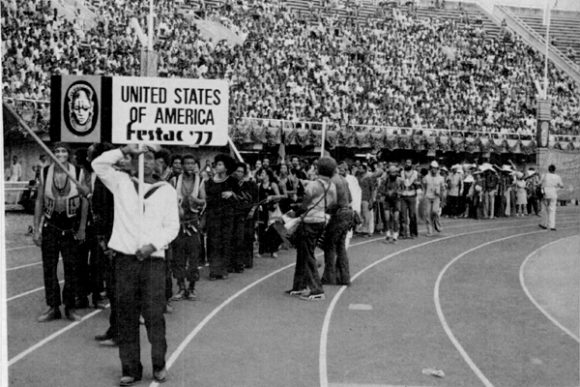
1977 was at the heart of racial inequality between black and white people. This left people of African descent with a burning need for identity and a sense of belonging. The Festival provided both.
FESTAC Stats.

The event which commenced on January 15th, 1977, lasted 17 days.
It had in attendance 17,000 participants from 55 nations across Africa, The Americas, Europe, Canada and The Islands.
Important to note, FESTAC could have happened earlier.

Preparations for the Festival kicked off in 1965, but in 1967, The Civil War broke out. After it was called off in 1970, it was again earmarked to hold in 1975, but Nigeria, Nigeria-ed.
Side-note.
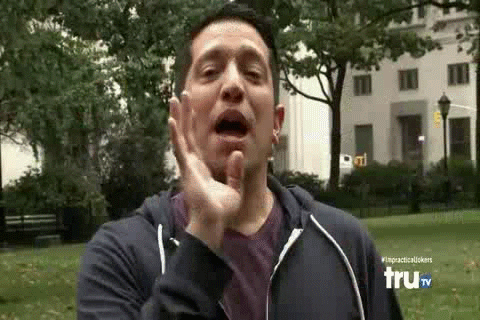
Nigeria was rich-rich during this period. Remember Gowon saying “money is not our problem, but how to spend it is”. Covering the costs for the festival was no biggie at the time. We weren’t exactly the World Poverty capital back then, know what I’m saying.
Somebody carried out a coup and suspended the 1975 plans.
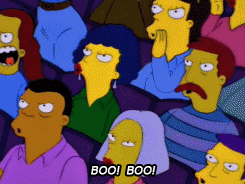
Brigadier Murtala Muhammed came into power in a coup that ousted General Gowon, suspending preparations for the 1975 Festival. However, when pressure from African countries mounted, he agreed to hold the festival in 1976. But before he could, Nigeria, Nigeria-ed again, and he was assassinated in a coup that brought the OG – Olusegun Obasanjo into power.
The show begins.
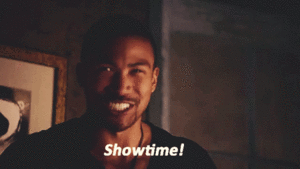
With General Obasanjo in power, preparations for the festival ramped up. A staggering $300 million was spent in constructing roads, expressways, revamping the urban plaza of the Tafawa Balewa Square, 5-star hotels in Kaduna and Lagos, the ultra-modern housing estate now known as FESTAC (whose cost came at $80 million) and the notable National Arts Theatre.
A lot of criticism was heaped on the spending for the project, notably from the legend Fela Kuti, but more on that shortly.
Who came through?
Before we check out the attendees, have a gander at the FESTAC National Participation Committee members. It included top shots like Hubert Ogunde, writer Wole Soyinka and filmmaker Ola Balogun. Fela was originally a member of the team, but strongly declined to continue being after what he perceived to be the misdirection of the program.
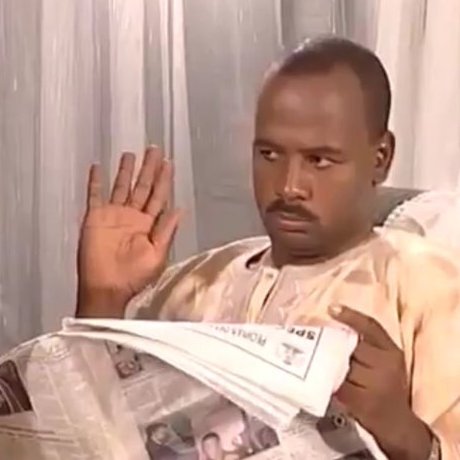
The committee was chaired by a military leader as opposed to an artist or intellectual and spending was spurious. He went on to rage against the festival and the Nigerian government during performances at his shrine, much to the chagrin and retaliation of the government.
Soyinka and Balogun also resigned from the committee.
Opening Day.
FESTAC’s opening ceremony was held in the National Stadium, right after a Parade of Nations before an audience of over 60,000 spectators.
The Guestlist.
Within the 17,000 or so guests that came through, notable amongst them were Stevie Wonder, Sun Ra Osibisa, Hugh Masekela, Gilberto Gil and Caetano Veloso and Francois Lougah. It’s important to note that while FESTAC was the main attraction, the notable figures made it a daily habit to visit the Fela Shrine as some form of alternative, authentic entertainment.

Perhaps in retaliation for stealing their shine, the government raided the shrine one week after FESTAC was completed.
FESTAC for all its shortcomings, did a world of good to African identity and brotherhood. So, of course, we never got a Part 2. Shame.
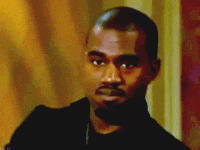
But if we’re really apportioning shame, a lot of it should go to the British who refused to transfer the sculpture of Idia, a 16th-century ivory sculpture depicting the Queen Mother of the Benin Empire. Even after Nigeria offered to buy it back for $3 million. We had to use a fake!
They claimed it was ‘too fragile’ to withstand air travel. The audacity of these ytes.
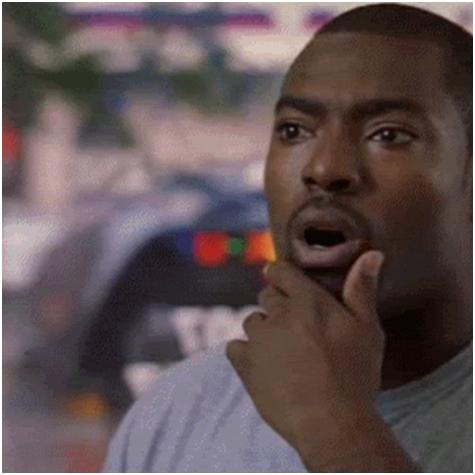
A follow up to FESTAC 1977 was to happen in 1981, but we know how that turned out. Again, shame.
Try taking this quiz to see how much FESTAC trivia you remember. No cheating!




